Paris-Orly faced a massive air traffic crisis on May 18, just before summer travel. Consequently, a major control system failure grounded over forty percent of flights. As a result, operations to the US, Italy, Germany, Saudi Arabia, Ireland, Austria, and the Netherlands stopped.
Immediately, the air traffic failure at Paris-Orly triggered airport-wide confusion and schedule changes. Therefore, thousands of passengers got stranded, and flight delays worsened by the hour. Meanwhile, Paris-Charles-de-Gaulle continued to operate normally. However, the breakdown at Paris-Orly strained the country’s aviation network.
Additionally, major routes across Europe and the Middle East faced significant cancellations and long delays. As families and tourists planned summer travel, this disruption created unexpected headaches. Airlines, in turn, scrambled to manage rebookings and diverted flights.
Moreover, airlines such as easyJet, Vueling, and Air France reported extensive delays and cancellations. Transavia France also struggled to maintain service after the technical failure struck. Thus, passengers experienced poor communication, confusion, and long waiting lines.
While the French Civil Aviation Authority worked to resolve the issue, delays continued to grow. Although technical teams responded quickly, they offered no timeline for full recovery. Hence, passengers traveling through Paris-Orly must check with airlines for updates and alternate options.
In the bigger picture, this disruption highlights weaknesses in the current travel infrastructure. With summer approaching fast, airports must improve system resilience. Even short outages now cause major international breakdowns.
Clearly, the Paris-Orly incident shows the urgency for better control systems during peak seasons. Stronger backups, smarter responses, and faster recovery protocols will become essential for future reliability.
Related stories:
Catch up on the top stories and travel deals by subscribing to our newsletter!

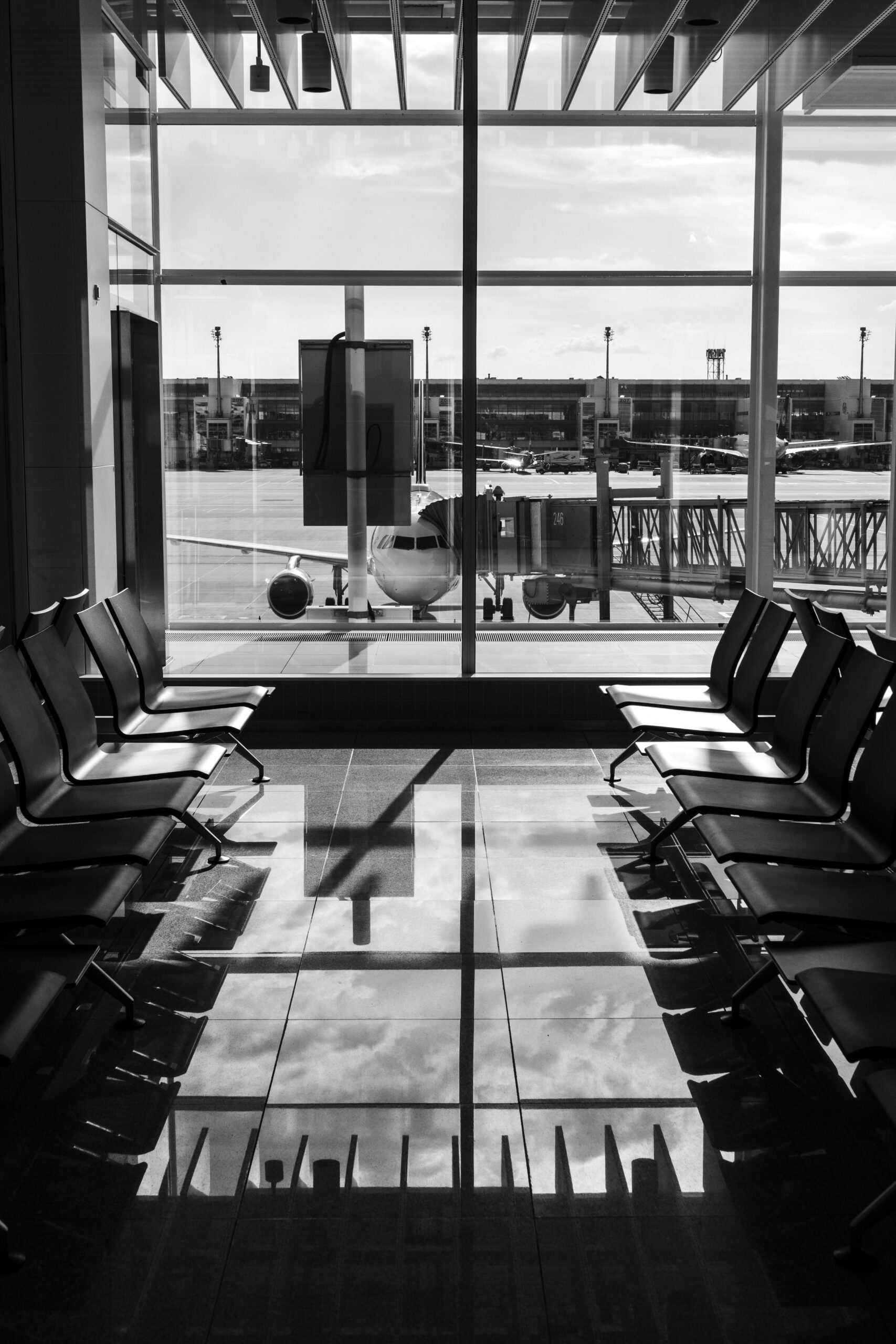

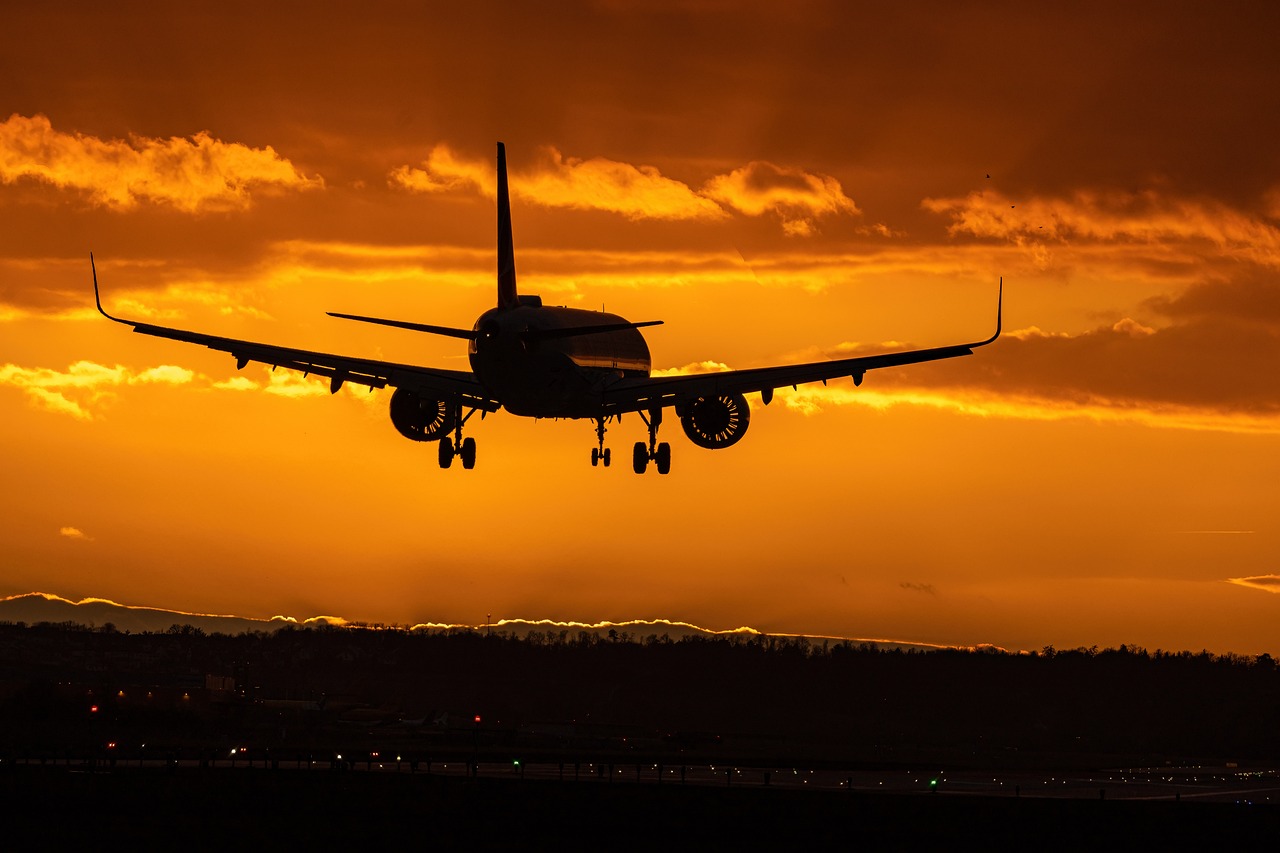
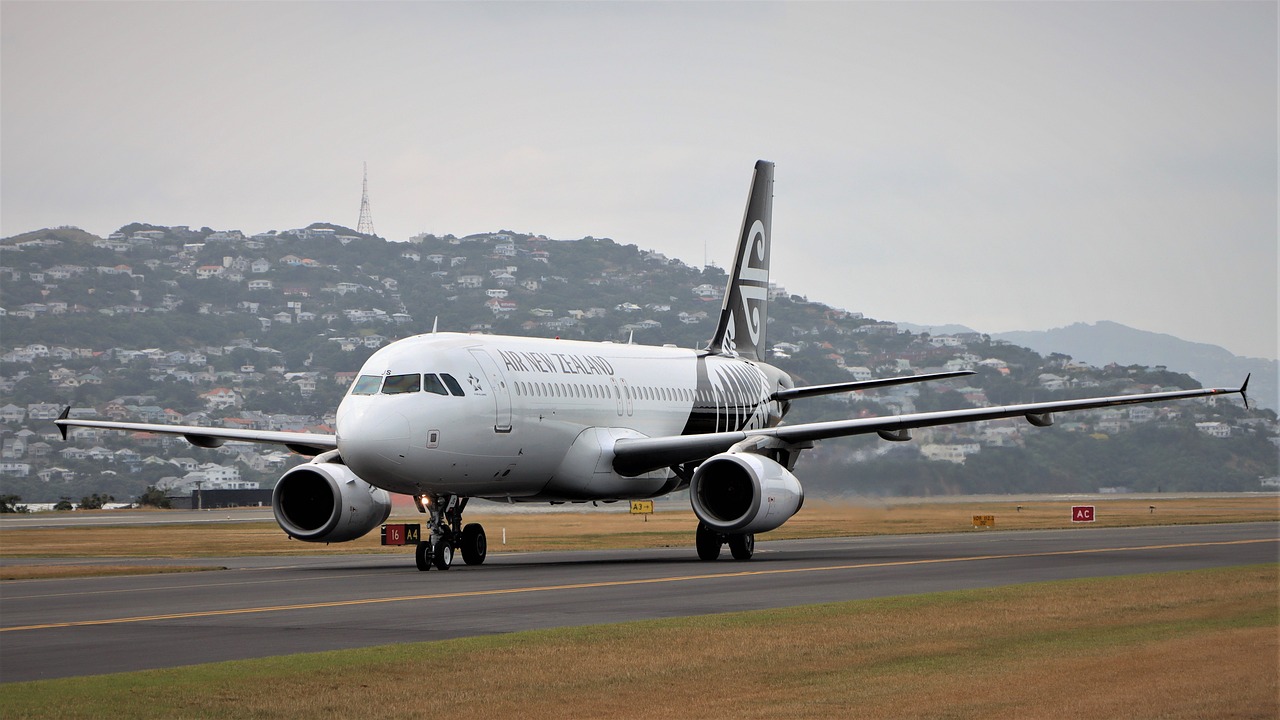
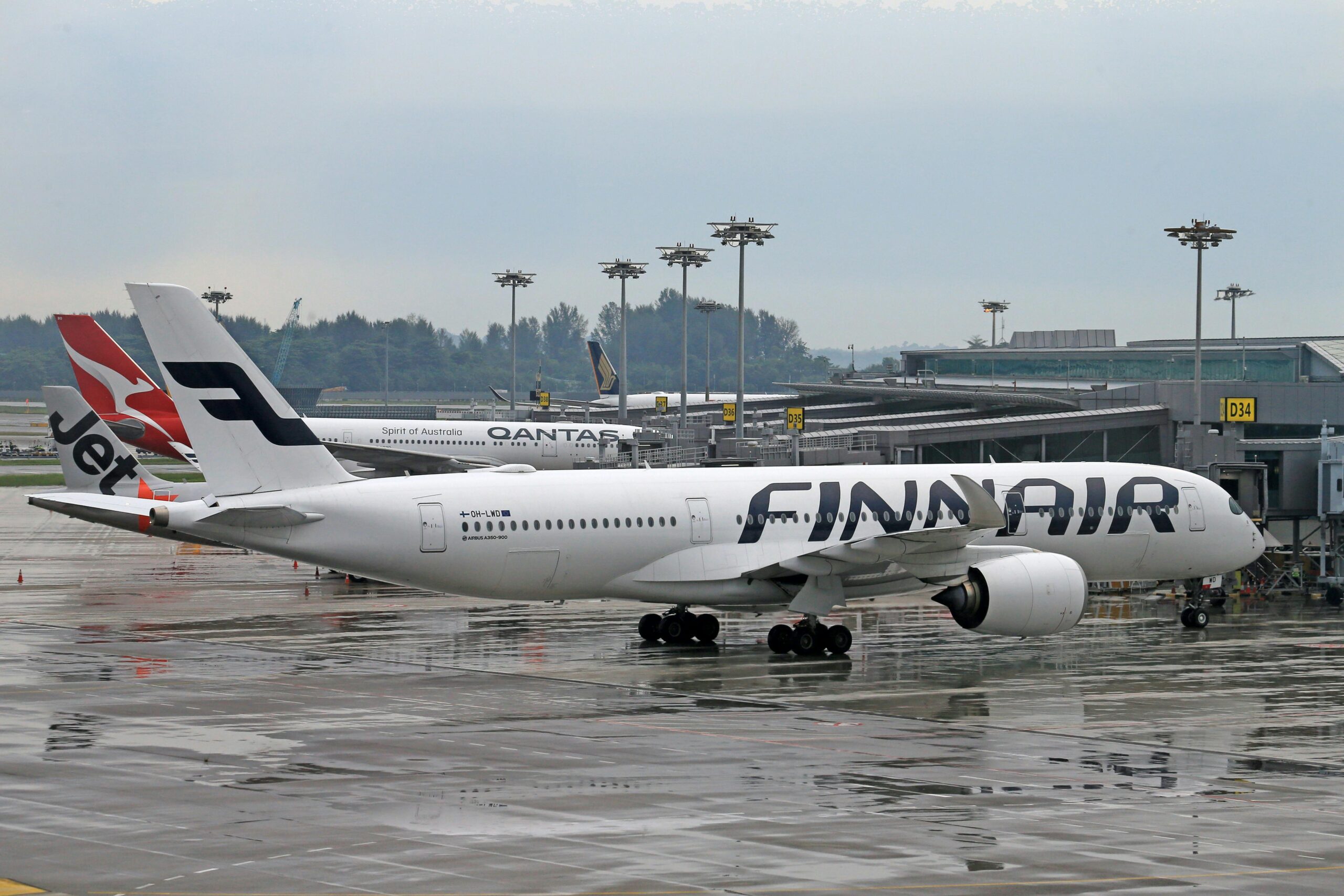
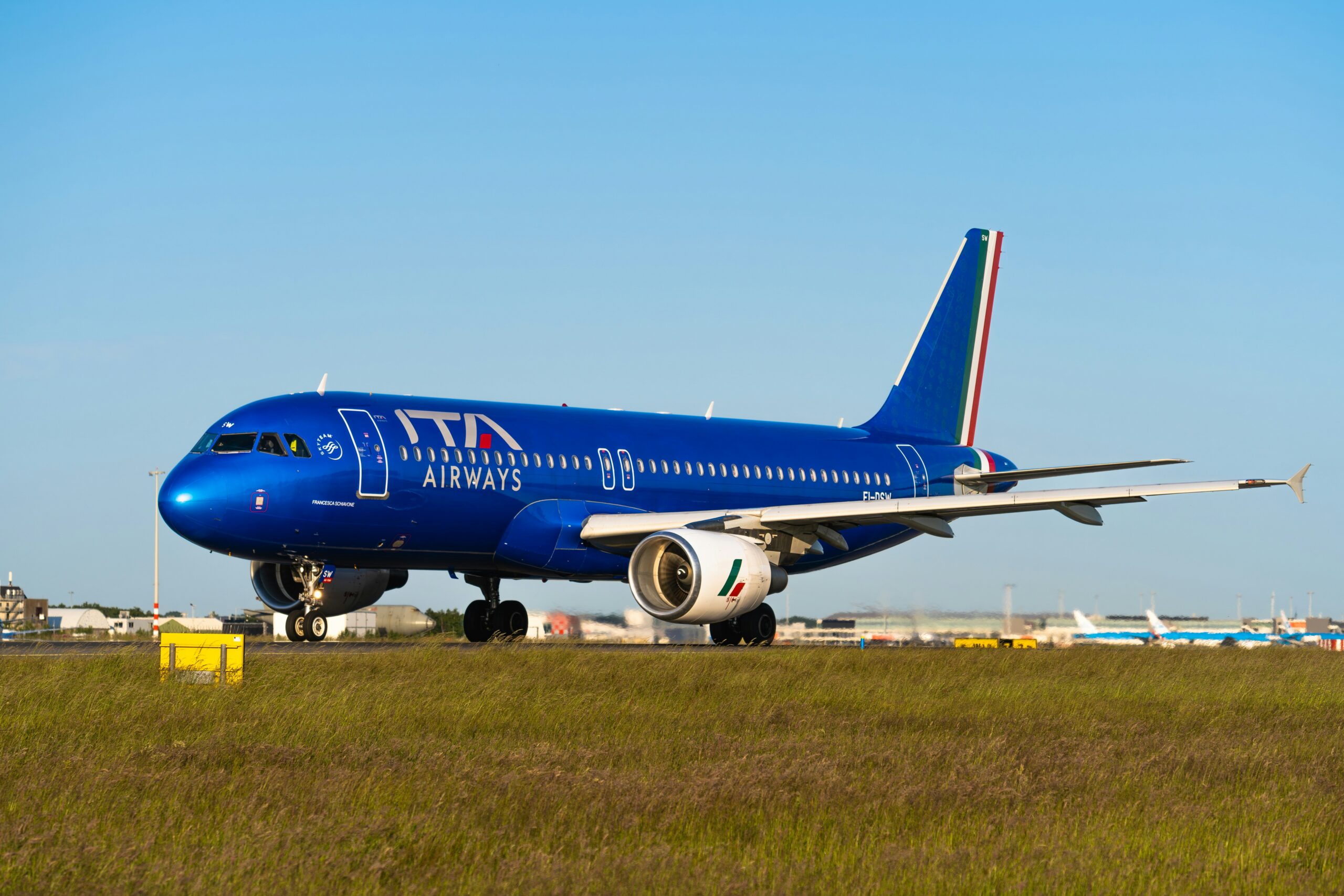





Leave a Reply